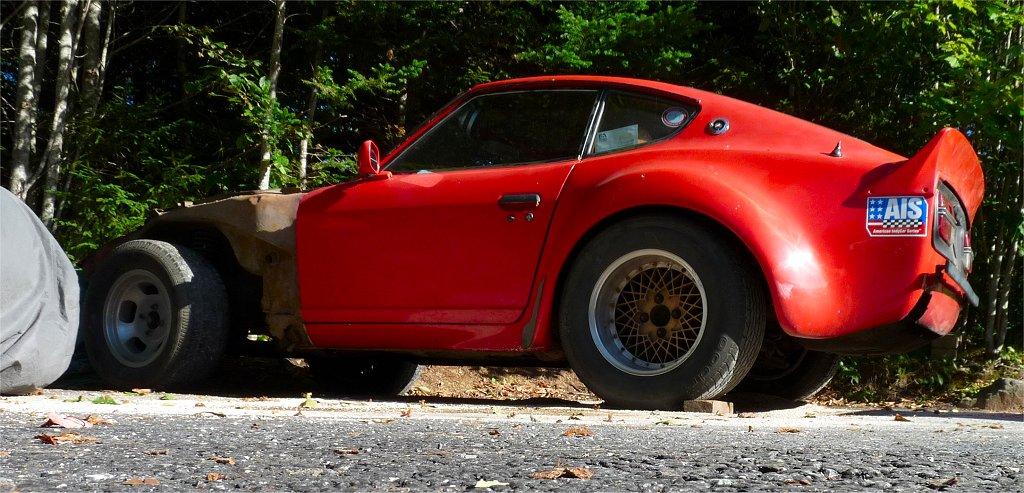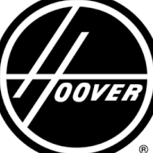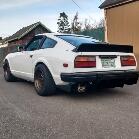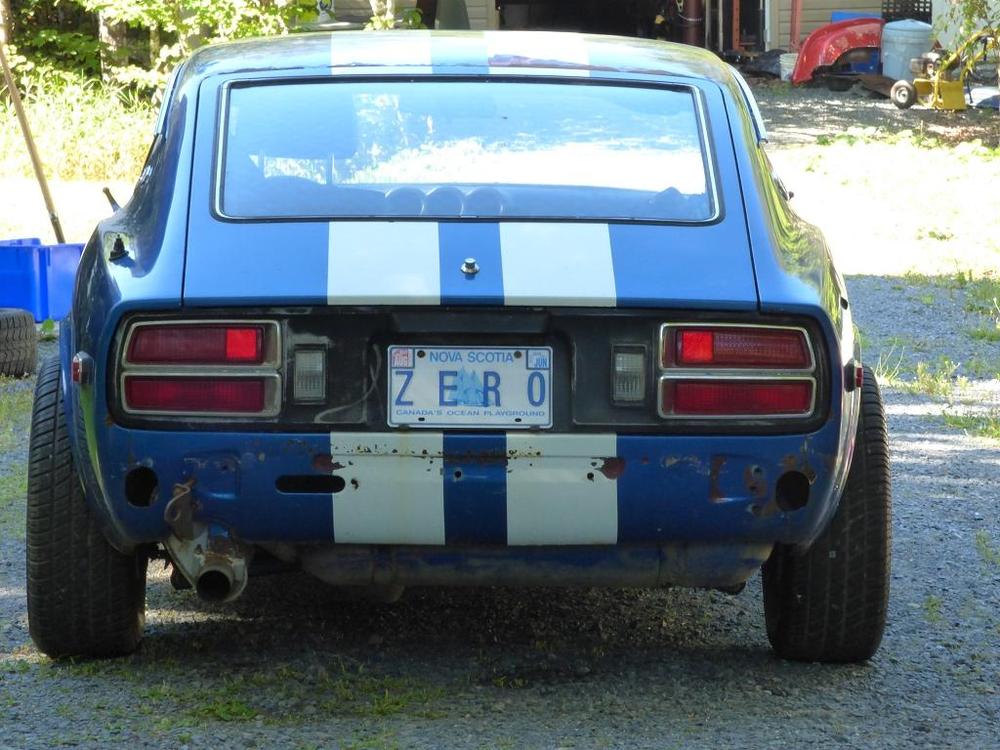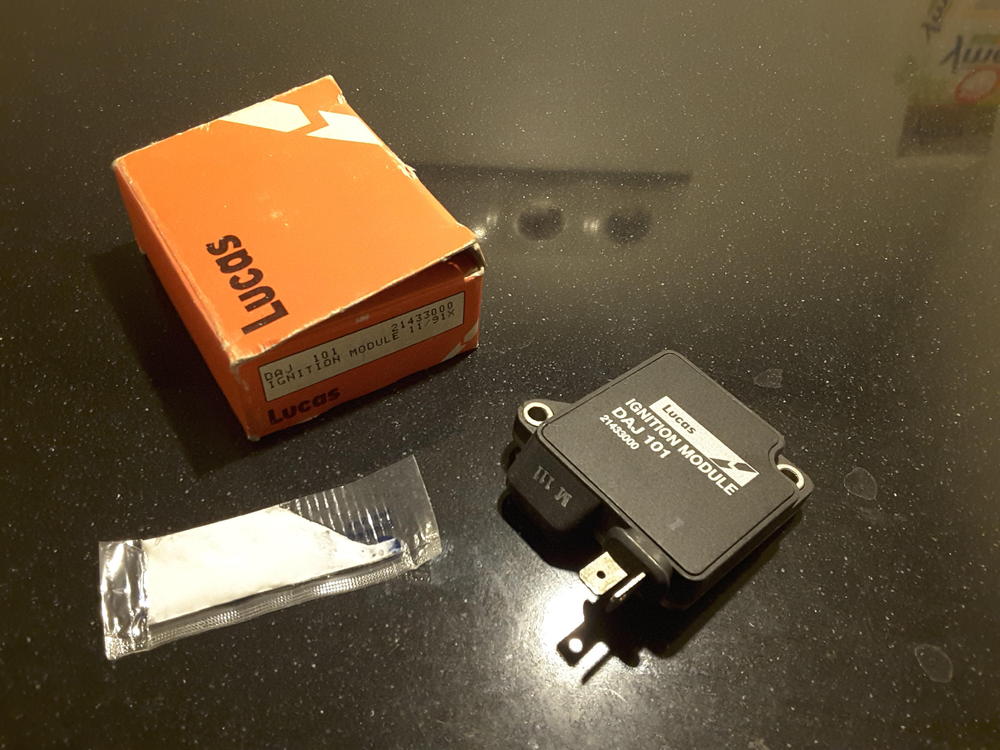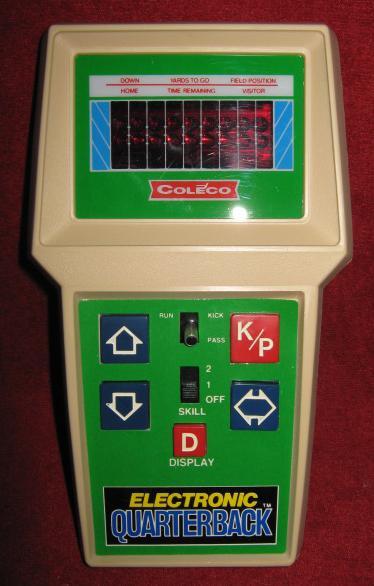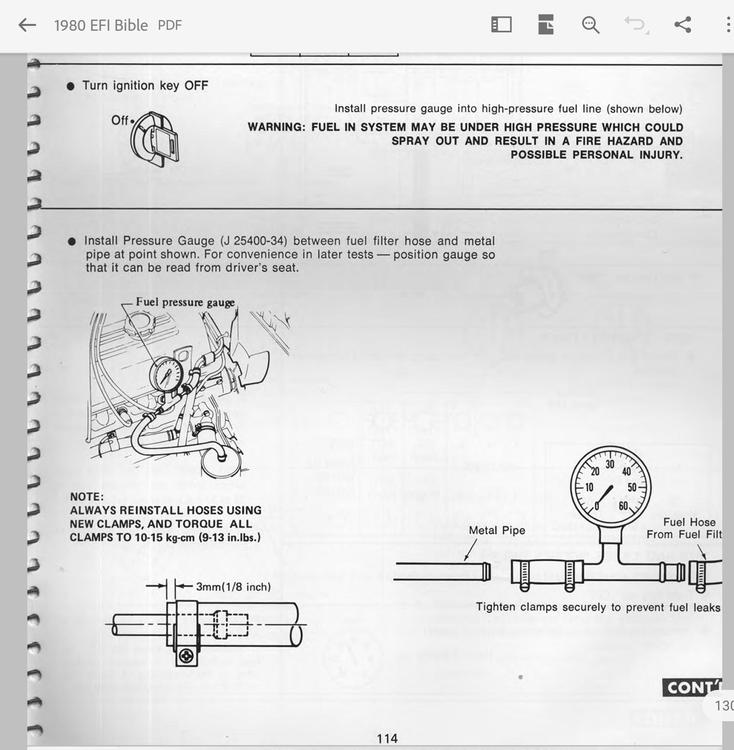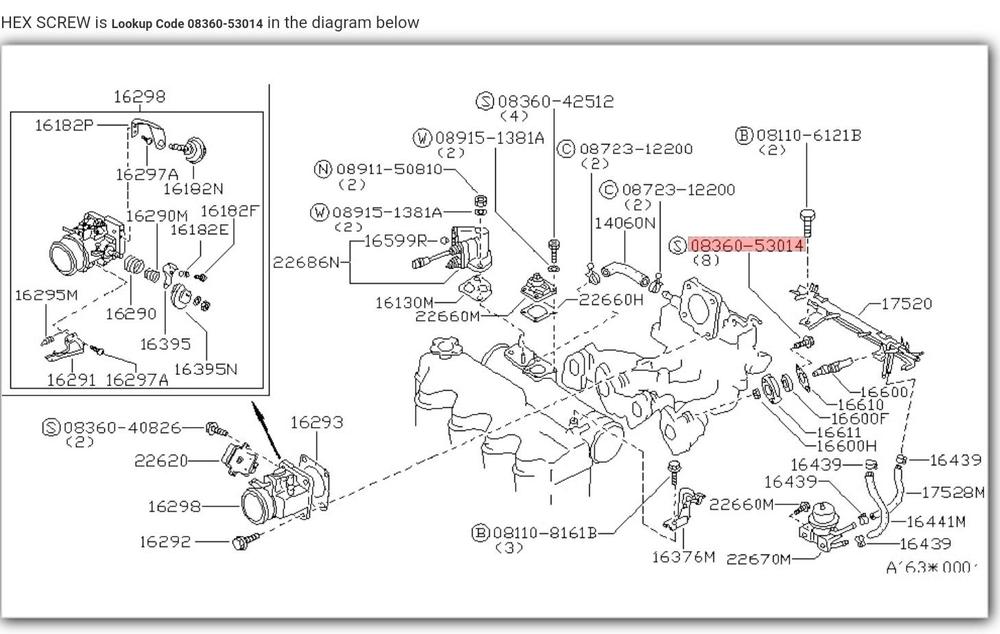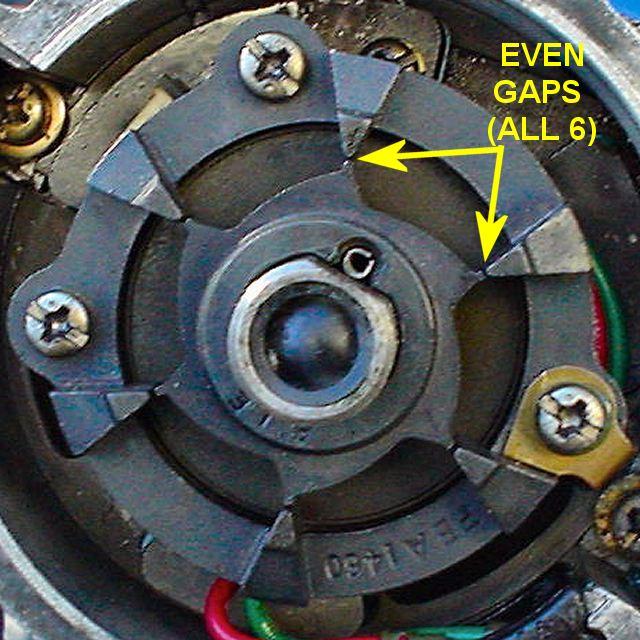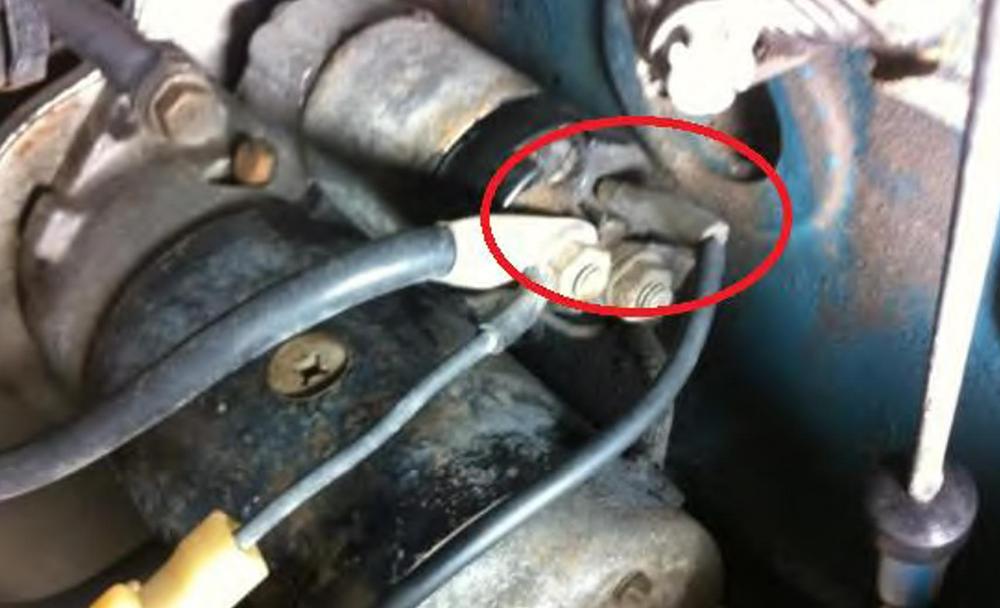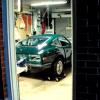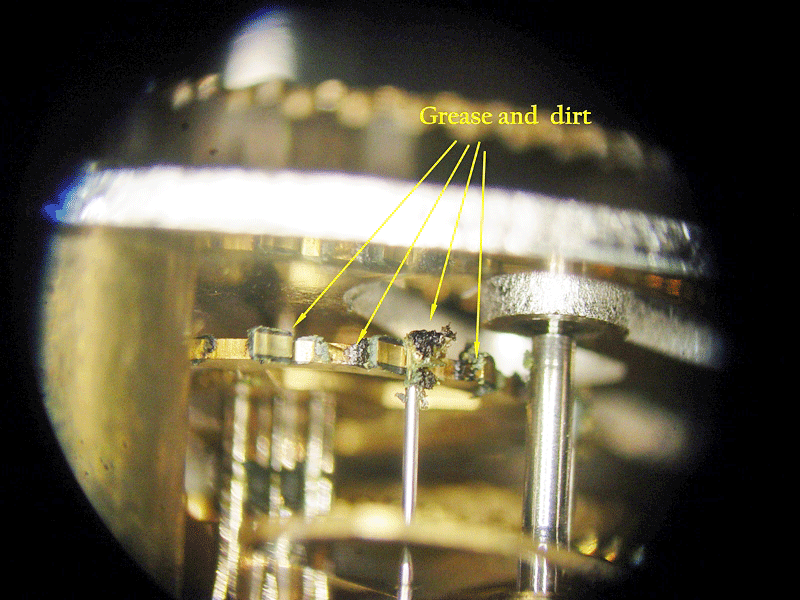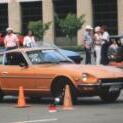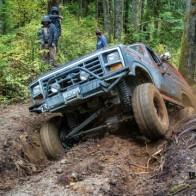There's one thing that still puzzles me in all of this: I owned my first Z (a 1972) from 1977 until 1981 and logged about 40 thousand miles of driving with it -- much of that at freeway speeds on regular trips between Toronto and Montreal (~ 300 miles, each way). I do not recall ever smelling exhaust fumes inside the car during those drives, nor feeling any effects while driving (which I surely would have over 4 hours of driving). The car was bone-stock and all-original (e.g. no weatherstrip replacement, no new taillight seals, no rear or front spoiler spoiler, no special exhaust tip, no replacement grommets, no caulking -- nothing). So I'm reasonably comfortable in saying that there was nothing in the design of the later-version cars (i.e. with the cabin air extractor vents located on the sail panels) that led to exhaust fumes being sucked into the cabin. Not, at least, when everything was left in original configuration and all of the grommets and seals and weatherstripping were in good shape and and the body seams were in proper alignment. In fact, I don't think that even the addition of an aftermarket exhaust system changed that, because I don't recall reading any warnings or tales of woe, back in the day, about exhaust fume issues showing up after an Abarth/ANSA/Stebro/etc. performance exhaust system had been added -- something which hundreds, if not thousands, of Z-owners did in the 1970's.
I have a different opinion about the early-version cars with the cabin air extractor vents located on the hatch panel. I think that design may have been inherently weak, even when the cars were fairly new, because the open water-drainage tubes provided a secondary airflow exit (or entrance, depending on the circumstances) at an aerodynamically-undesirable location that also happened to be fully exposed to exhaust fumes caught in the 'bubble' that sets up behind the rear valence/trim panels when the car is in motion. Once the 'one-way' flaps and/or the hatch interior trim panel started to get tired, or the hatch interior trim panel was improperly installed, you had all the necessary ingredients for exhaust fumes being sucked back into the cabin -- esp. when the side windows were opened a bit and changed the pressure differential between the cabin interior and the location of the drain tube exits. I don't think this arrangement could be called a 'defect', because Nissan development engineers surely would have noticed the problem during the car's development. However, problems must have begun to be reported after the cars had been in owners' hands for a year or so. The change to the air extraction design was a costly move for Nissan and I don't think they would have taken it without figuring that they had no other choice.
I wonder if anyone with 1970's driving experience with a Series 1 car would care to comment on whether they have any recollections of exhaust fumes coming up into the cabin?
